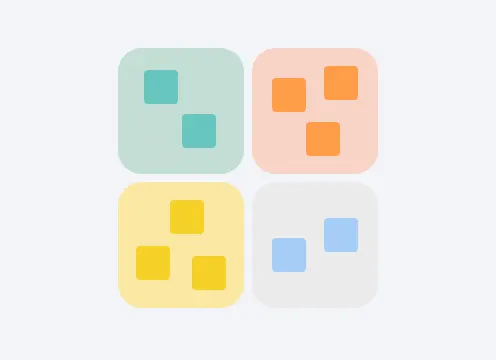Rose, Bud, Thorn is an exercise to help understand what’s working, what’s not, and areas of opportunity for a specific problem or topic.
It's very useful at any point in your project, or even outside the context of a project for team building, getting feedback on a presentation, etc.
How to use the board:
People: 2-10+ (this is a good exercise for larger groups as well)
Length: 10-15 minutes (depending on number of participants)
Steps:
Identify the focus area for your exercise ahead of the workshop, and when you start the workshop, take a moment to review and align on it with participants
Working from left to right together, identify Roses, Thorns, and Buds - give a few minutes for each before moving to the next
Once done with the exercise, begin to cluster similar stickies together to surface patterns and use the theme sticky notes to give them a name. This could also be done after your workshop to synthesize learnings privately.
Tips:
Create a safe space for participants to feel secure in being transparent, and be careful not to call out what individuals add unless you're in a tight knit group
As needed, refer back to your decided focus area to ground participants - especially if you see feedback that's unrelated
Rose, Bud, Thorn FAQs
What is Rose Bud Thorn in design thinking?
Rose, bud, thorn is one of the many design thinking exercises. Design Thinking methodology is based on testing assumptions and prototypes, and the rose, bud, thorn retro helps people to quickly find out what’s working and what should be reconsidered.
What is the purpose of Rose Bud Thorn?
The purpose of the rose, bud, thorn retro is to mainly assess the challenges of any given project, problem, or process. This retrospective is designed to find out not only the weaknesses but also the strengths of a project so that people can leave this retrospective feeling inspired and with insights.






